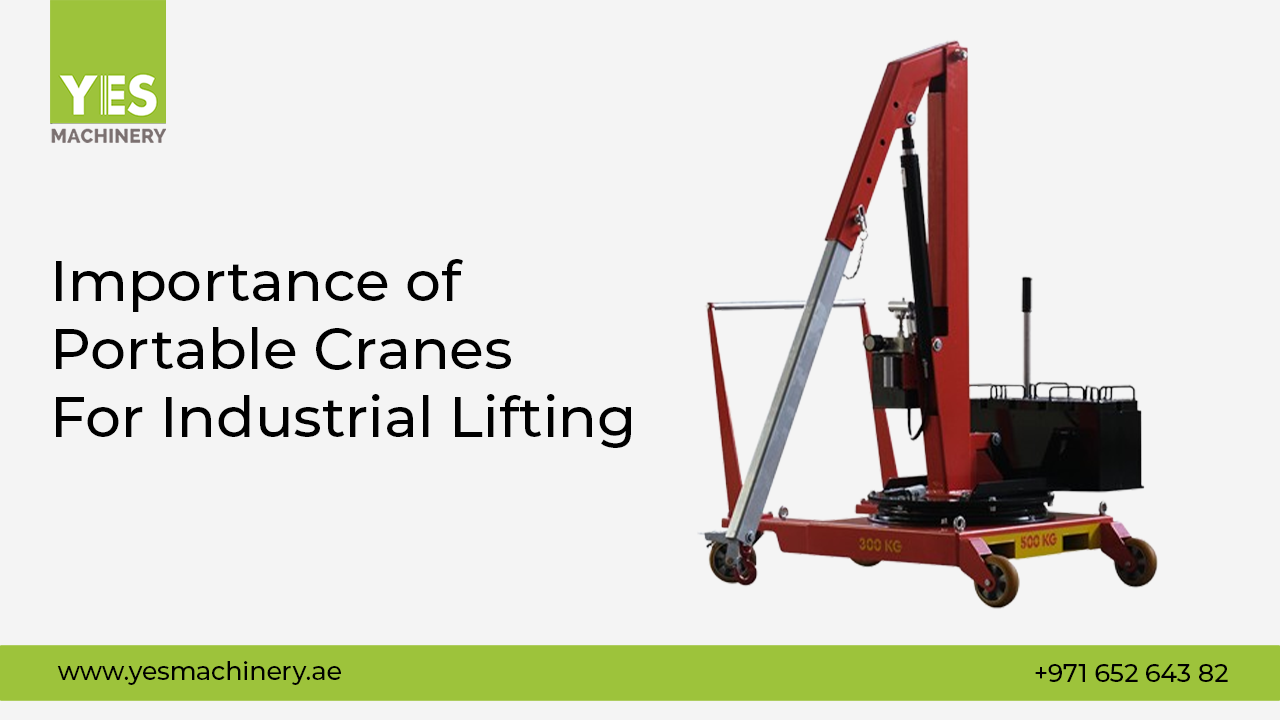
Industrial Applications of 2D & 3D Industrial Scanning Machine
- Category Machines
Industrial Scanners for dimensions and profiles collect data about an object in two or three dimensions. They combine several different form factors and scanning technologies.
A product and the production process are connected by means of two- and three-dimensional scanning. Part analysis, precise dimensional measurement, and other design operations can be carried out more quickly and accurately when a physical entity is converted into computer-aided engineering (CAE) data. Basic dimensional measuring, two- or three-dimensional profiling, orienting objects, depth mapping, digitizing, and shaft measurement are examples of common scanning jobs.l scanners, both 2D industrial scanners and 3D industrial scanners, are classified as precision inspection devices for use in industry.
Industrial scanning machines are mainly used for dimensional or profile scanning.One crucial use for dimensional scanning is manufacturing control. Engineers may readily identify out-of-tolerance circumstances and make improvements to improve future quality by routinely scanning manufactured parts. Industrial scanners are mainly used for:
The reverse engineering method
Examination and evaluation
Testing of products
evaluation of part damage
Archiving part designs to replace missing or out-of-date components
Categories and Technologies
Dimensional scanning of a physical object can be done using a variety of techniques and scanner types. Below is a detailed discussion of the various types of 2D and 3D industrial scanners..
2D Industrial Scanners
Using scanners that you are probably already acquainted with, 2D scanning is the process of taking a 2D image from a surface, such as paper, and converting it into a digital representation, much like taking a picture. A 2D Industrial scanning machine is commonly used in the automotive, aerospace, electronics, robotics, welding, and steel and aluminum industries. For usage in a variety of measurement applications, profile scanners, like the 2D Industrial Scanners, frequently have a large selection of case sizes, measuring ranges, and diode/accessory options.
Utilizing Lasers
An often used technique for 3D scanning is laser scanning. Because laser scanners generate radiation rather than just detect it, this technique is known as an active method. To obtain 3D measurements of a part, laser scanning employs one or more methods, such as phase shifting, time of flight, and laser triangulation. The list below provides descriptions of these techniques.
Projecting a line, point, or—more commonly—a stripe, which is reflected by the object and recorded by a sensor at a defined distance from the laser emitter, is the process of laser triangulation. The reflection angle is detected by the sensor and utilized to compute 3D measurements. While laser triangulation scanners are often lightweight and user-friendly, their accuracy is not as high as that of other varieties.
Time of flight scanning is the process of reflecting pulsed radiation off of an object, which a sensor then detects. The distance to the object and surface mapping are accomplished by measuring the elapsed time between emission and detection, as the exact speed of laser light is a known constant. Although these scanners can image across a distance of up to 1000 meters, noise and poor speeds are usually issues.
Another type of Industrial scanners , Phase shift scanners make a comparison between the reflected laser light's phase shift and a standard phase. This technique is comparable to time of flight scanning, but it is marginally more accurate because phase measurement enhances the reported distance. These scanners are only capable of medium-range scanning, but they are quick, precise, and quiet.
Scanning using White Light
White light scanners employ sensors to identify and take pictures of objects that have a predetermined pattern of light thrown onto them. For the purpose of gathering 3D data, they might employ several patterns or several sensors. Because white light scanners can scan a full field of vision rather than just a few spots, they are quick and accurate. White light scanning is an active technique, just like laser scanning and hence its a widely popular 3D industrial scanner.
Photographic and Visual Measurements
Still and video cameras are used in photogrammetry and videogrammetry, respectively, to digitize objects. Since neither of them emits radiation while detecting visible light, they are both referred to as passive scanning techniques. In photographic imaging, scanners take several pictures of an object and use points that are shared by all of the photos to reconstruct the object. When paired with other 3D scanning methods, Photogrammetry can offer complete surface measurements and enhance tolerances over big regions.
The scanning systems listed below may use one of these two imaging modalities.
Two video cameras are used by stereoscopic scanners to view an object from slightly different angles. By examining the minute variations between the camera images, the distance to each image point may be calculated.
Multiple images captured by the same camera are used by photometric scanners. Next, the surface orientation of every single pixel is ascertained.
A series of photos is used by silhouette scanners (setup shown at right) to build outlines. To roughly represent the contour of an item, these silhouettes are extruded and intersected. Comparatively speaking, this method is less accurate than other photogrammetric methods.
Sync Up Measuring Equipment
Coordinate measuring machines (CMM) are mobile probe contact scanners that measure objects. Encoders on each axis of the machine monitor the probe's movement. Although they are usually bulky, stationary instruments, they can also be found in portable form, but with less precision. Although CMMs can achieve very high precision, they have a number of intrinsic drawbacks, such as limited speeds and the requirement for direct contact.
Control and Form Factor
Important features to take into account while choosing a dimensional scanner are size and form factor. Since most scanners are made to measure and digitize discrete, relatively small parts, they are often free-standing or semi-permanent benchtop devices. Nonetheless, certain handheld photogrammetric and videogrammetric scanners are designed to measure and scan much larger things, such skyscrapers.
2D and 3D industrial scanners can be operated automatically with a personal computer (PC) or computer numerical control (CNC), or manually, as is usually the case with portable and handheld systems. A CNC machine-mounted scanner can be paired with a CAD system and extra tooling heads to give an integrated production solution, as seen in the video below.
Standards
Dimensional and profile scanners are covered by the standards listed below. The creation, testing, and application of products may be governed by these published documents.
Coordinate measuring machine (CMM) acceptance and verification tests according to ISO 10360
ASME B89.4.22 Methods of evaluating articulated coordinate measurement equipment' performance
Conclusion
The next important question is where to get this, since we have covered the essentials of 2D and 3D industrial scanning machines for scanning dimensions and profiles. Purchasing scanning machines from reputable companies instills confidence and faith in the products and provides assurance for the money spent. YES Machinery UAE is one of the prominent and reputable dealers you can find in the Middle East region for these 2D and 3D industrial scanners.
Related Blogs

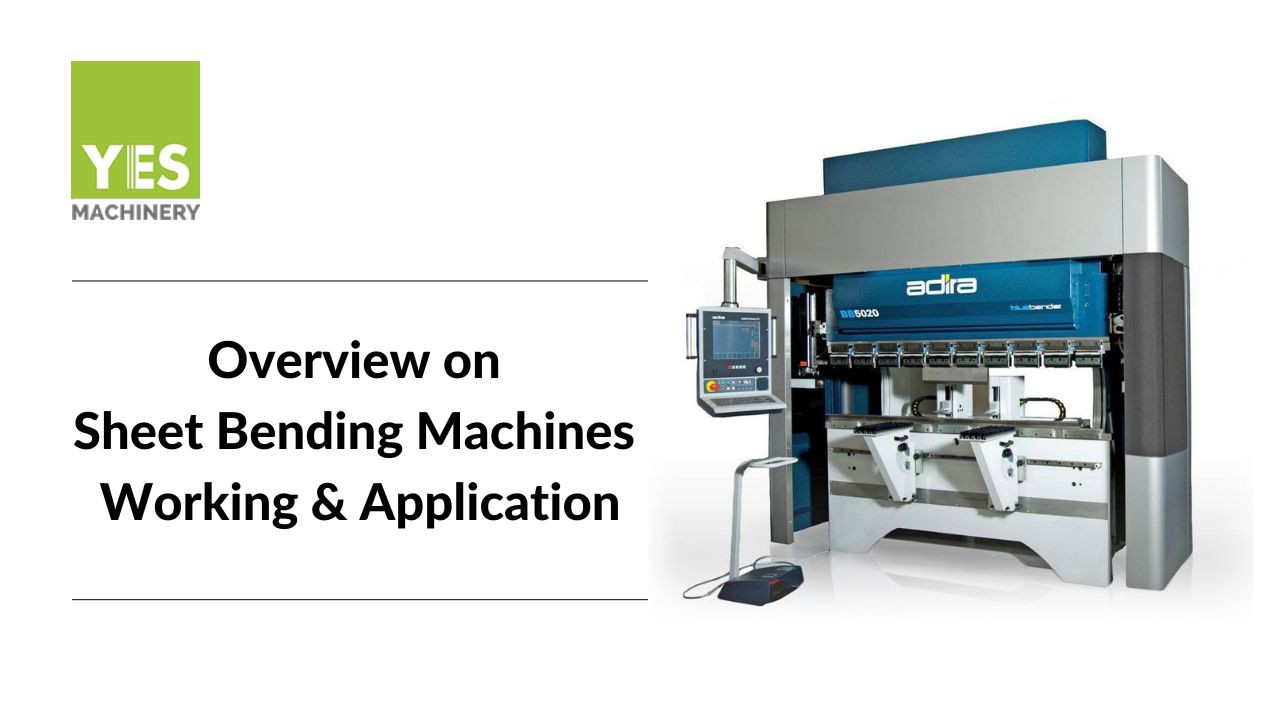
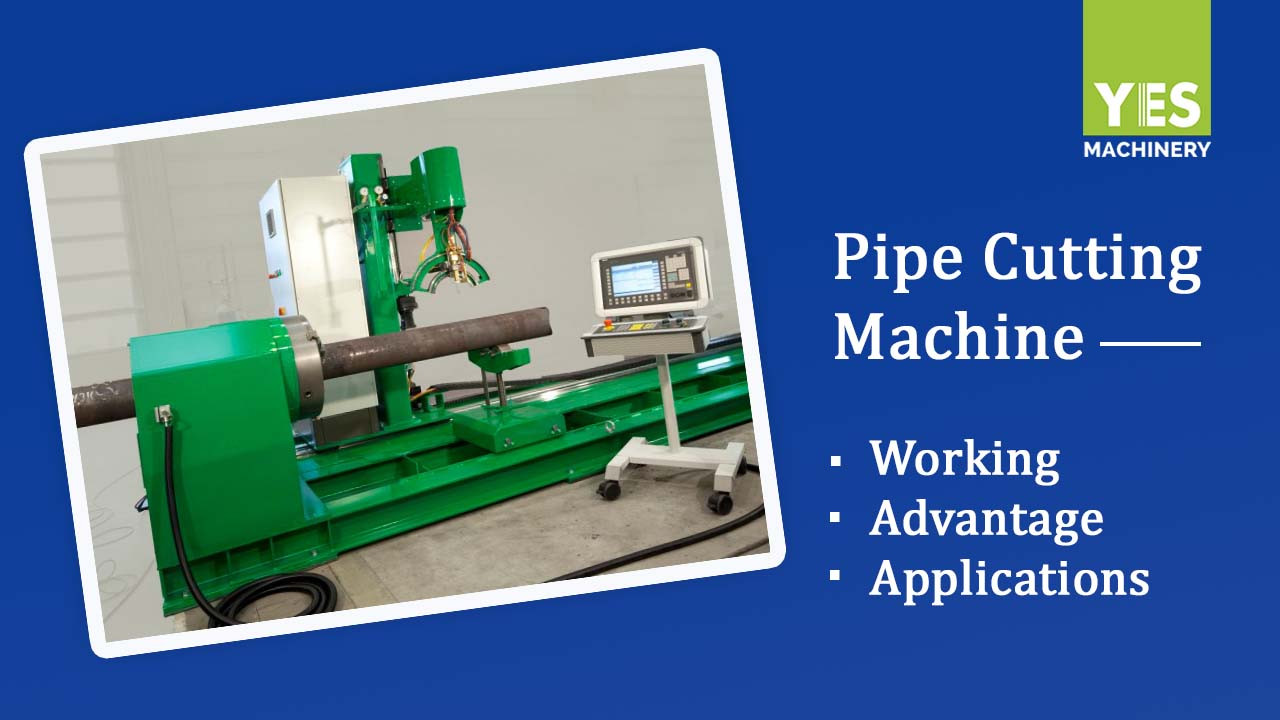

Search
Latest Blog

Safety Tips for Using Pressure Washers in Industries
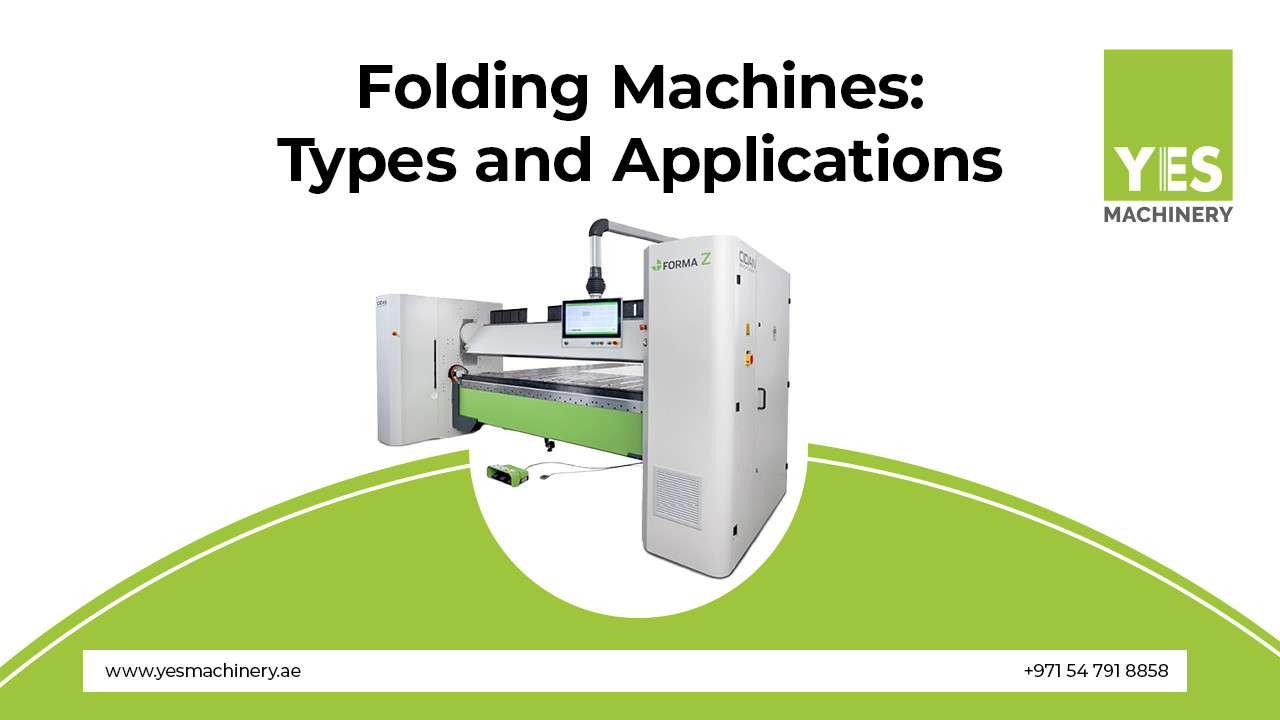
Understanding Folding Machines: Types and Applications
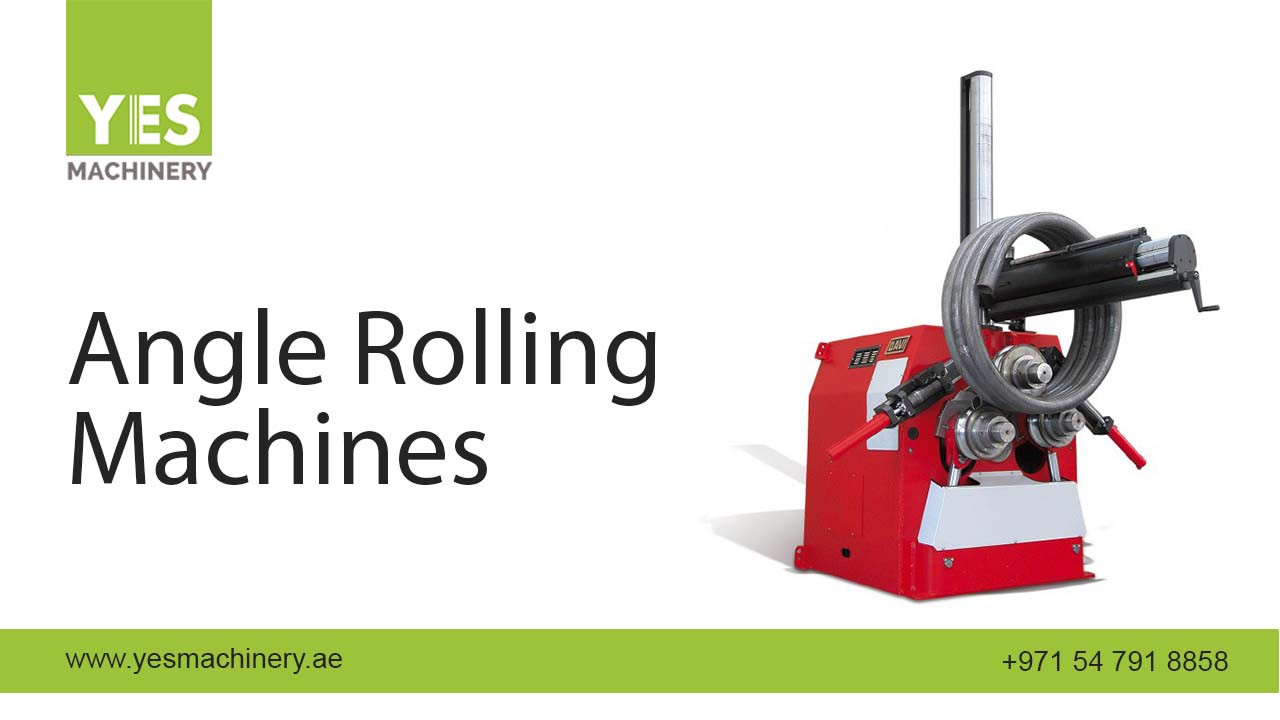
How Angle Roll Machines Are Revolutionizing the Industry
Categories
- Assembly and Lean
- Cleaning Machines
- Cleaning Robots
- Cutting, Notching, Punching
- Edge Preperation
- Grinding Machines
- Industrial Vacuum Cleaners
- Lifting
- Lifting and Manipulation
- Machines
- Marking Solutions
- Metal Forming
- Metal Joining and Fastening
- Packing
- Pipe Handling
- Storage Solutions
- Sweeper Tool Carrier
- Vacuum lifting machine
- Warehousing and Storage
- Welding



